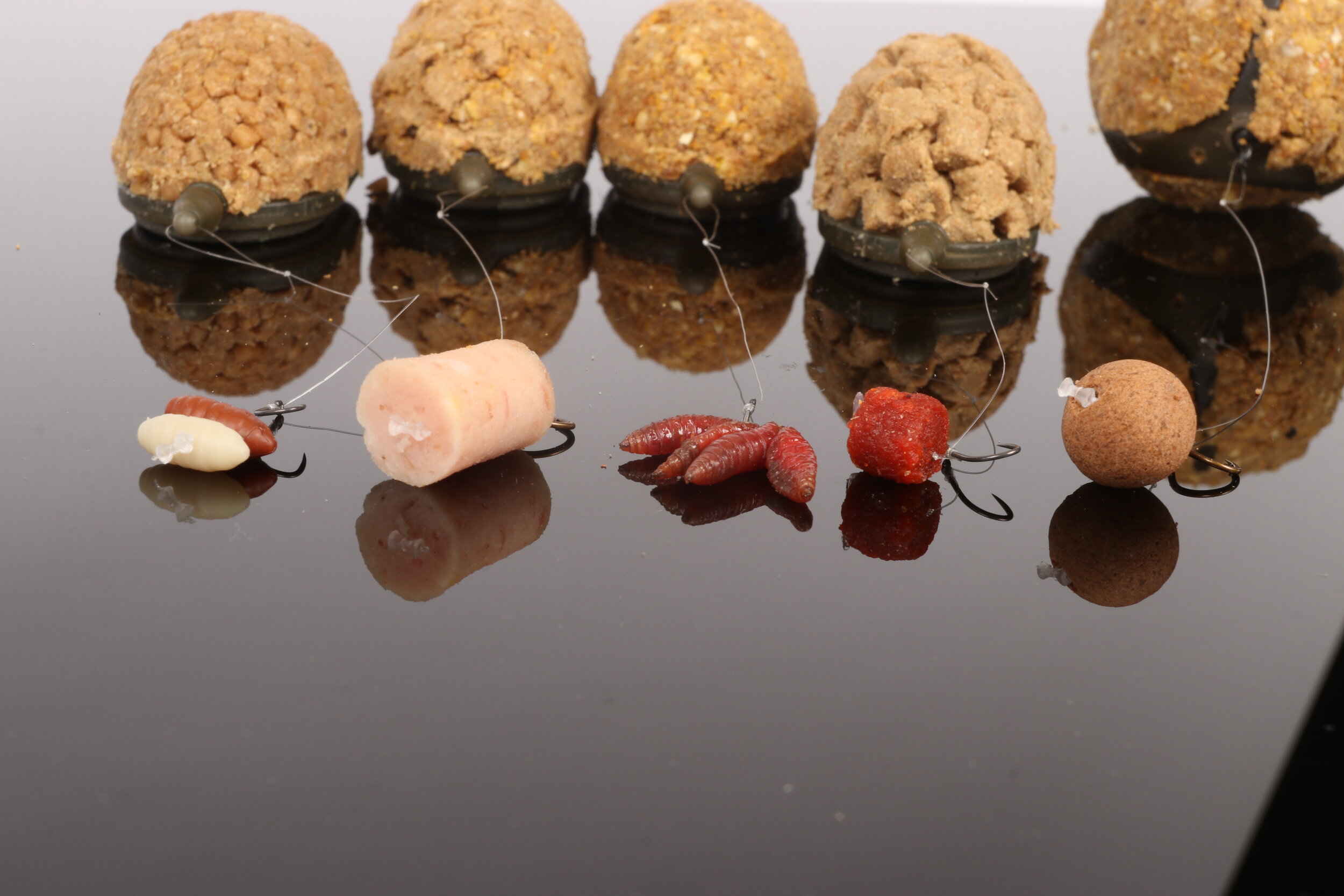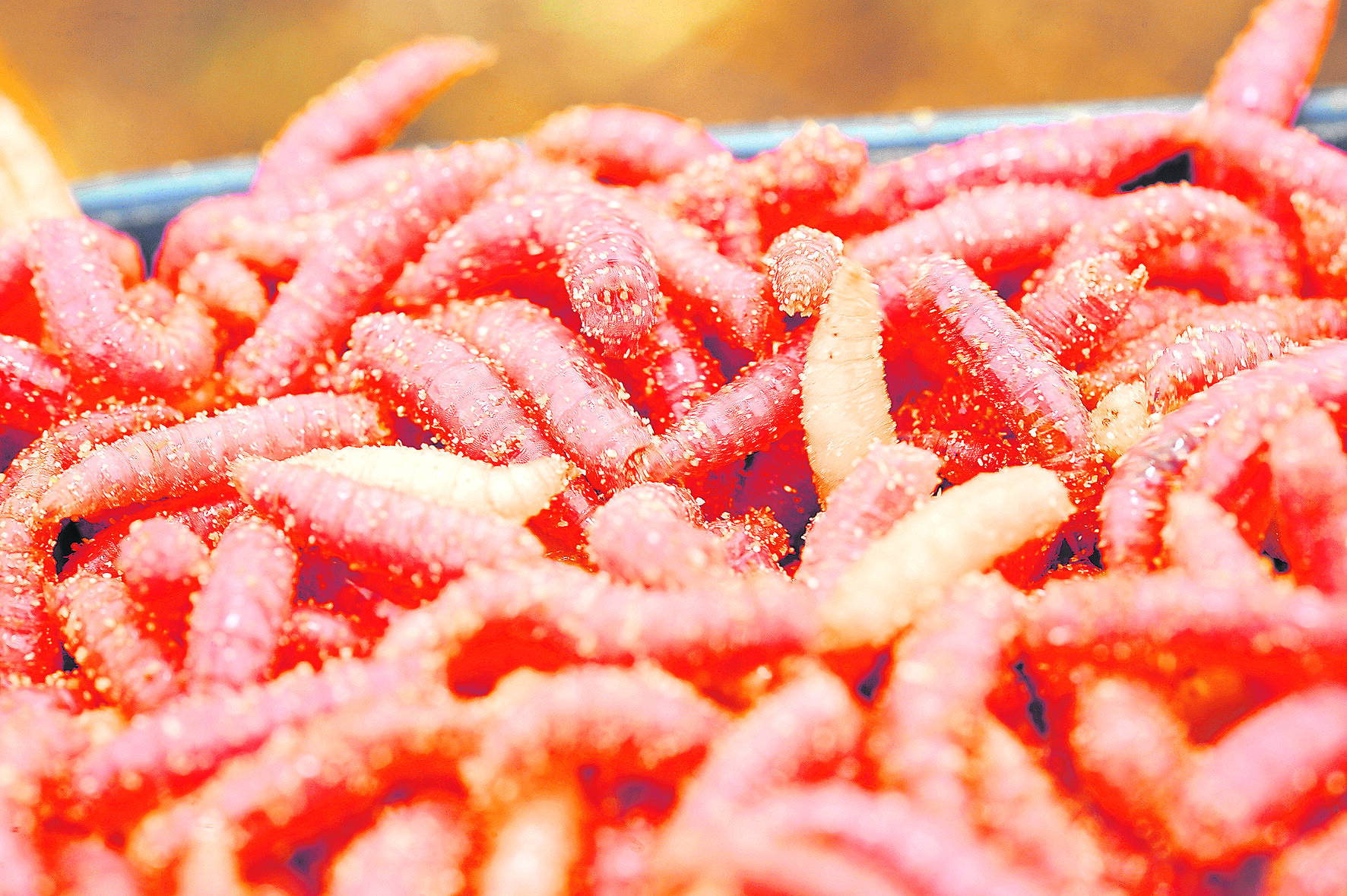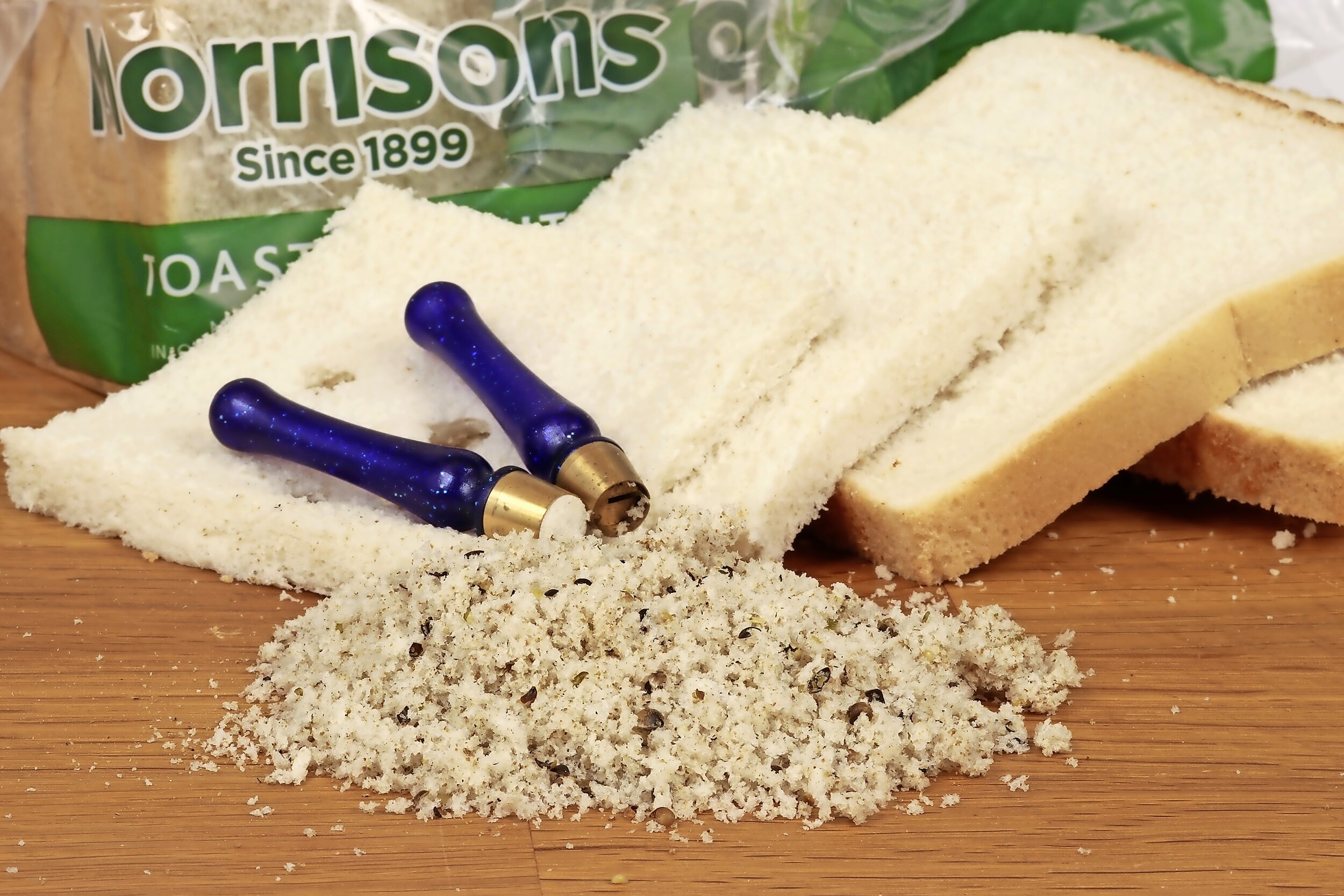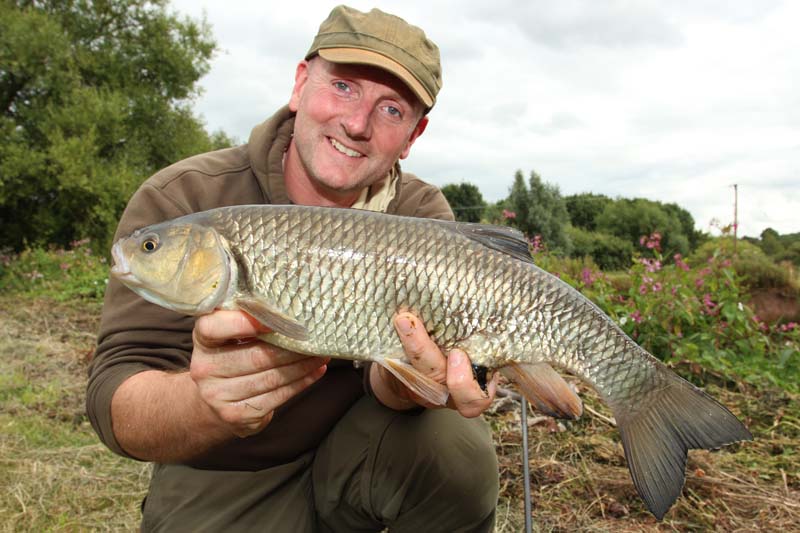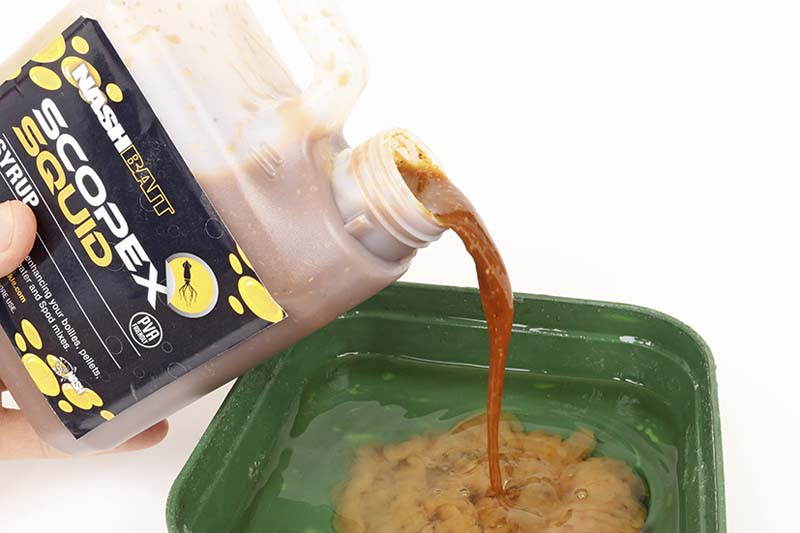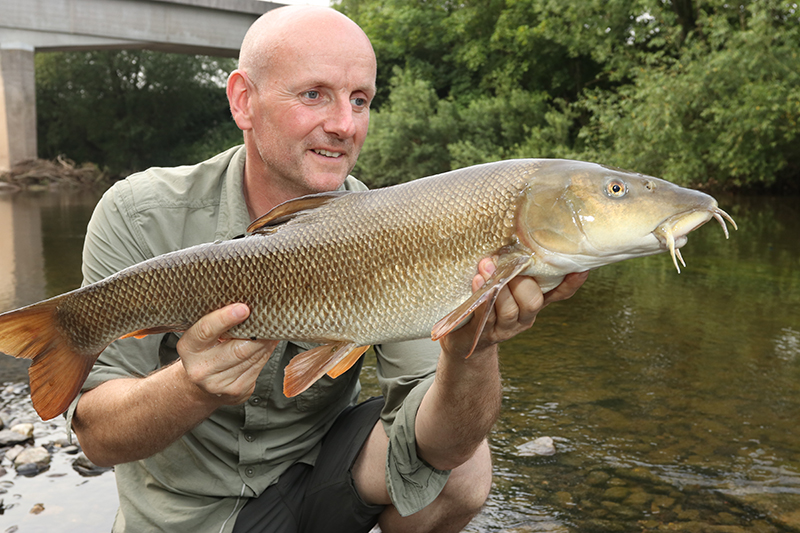Best lures for pike fishing
With predator season upon us it’s time to dust off your lure box and get back out there. To help you choose the right lures for you next pike fishing session we have gone to our weekly columnist Paul Garner to get his opinion on what lures you should be taking out on your next session.
Lure fishing is exploding in the UK right now, as many anglers discover the joys of casting artificial baits for a wide range of predatory fish.
On my local canal you are now likely to find just as many anglers drop shotting for perch with small lures as you are fishing the pole.
Head to the coast, and piers and jetties are frequented by anglers targeting a myriad of different marine species with their LRF (Light Rock Fishing) gear, armed to the teeth with soft plastics.
All fish are predatory to some degree and I have seen bream, barbel and even dace caught fair and square on small lures, so there really is something for everyone.
For me, though, nothing beats fishing for big pike with lures and that electric feeling that signals a ‘hit’ from a big predator just can’t be beaten.
CHEAP AND RELIABLE
I am an avid collector of lures, but increasingly I find soft plastics dominating my tackle box.
These deceptively simple rubber fish-shaped baits come in a wide range of different outlines and sizes, but they all work in much the same way.
You can buy soft plastics either pre-rigged, or as bare lures that enable you to rig them just the way you like. Best of all, they are among the cheapest lures you can buy, making this a great way to get into lure fishing for pike.
Pre-rigged lures are the ideal place to start, as these will be rigged for optimal performance.
Once you have learnt how to use these, swap over to rigging your own so you are able to fine-tune your presentation. Go for lures in the 6ins/16cm range, as these will be the easiest to cast and will catch pike of all sizes.
SLOW AND STEADY
There is absolutely no need for any complicated retrieves with soft plastics. You simply let them sink to the desired depth and reel them in! The odd pause to let the lure sink back down will also often bring a bite, as the change in speed triggers a pike that is following the lure to take it – but ‘slow and steady’ is my mantra.
To keep the lure working in the right depth zone use one gram of weight per foot of depth.
So, on rivers and canals I use 5g lures, on lakes around 10g, and on deep reservoirs anything up to 30g.
A really useful skill to practise is counting the lure down until it hits the bottom, which you can feel as a distinct bump.
Once you know how long it takes for the lure to reach the deck, you can count it down to any depth you want very easily.
Try to mix up the depths that you are fishing at. Some days the pike will prefer a lure presented just beneath the surface, while on others they want it right on the bottom.
These simple soft plastics really are very effective, and will catch plenty of zander and big perch as well as pike if you scale down the size a little.
Why not give these popular lures a go this autumn?
5 Pike fishing bait tips to help you catch more
We recently asked Korum-backed Ed Matthews, how he would go about catching pike from his local stillwater right now. he came back with these five great pike fishing bait tips to help you catch more pike this season.
1) If you’re deadbaiting on a weedy water, the easiest way to tackle the weed is to balance your deadbait using half a polyball. The amount of buoyancy needed will depend on the size of bait used.
This will also ensure that your hooks land facing upwards, away from the lakebed. In addition, on really weedy waters I don’t use anything that could potentially snag in the weed, as this could cause resistance on the take. That, in turn, could result in aborted takes.”
2) Normally, to help locate pike, approach your lake quietly and look for predatory birds such as cormorants and grebes. Their presence will guarantee that prey fish will also be around, and where there are prey fish there are always pike close by.
However, in weedy waters, prey fish have plenty of areas in which to hide so they can be found in pockets all over the lake. I can almost guarantee that if there wasn’t any weed there would probably be two or three areas on the whole lake where all the pike would be, as the cormorants would have balled the baitfish up.
3) My rig set-up is pretty simple really. Mainline is 60lb braid, and I use either a deadbait cigar float or a Korum Dura Bung float down to about 18ins of 30lb wire trace.
I fish 2ft-3ft overdepth and I tighten right down to the float to ensure I see any indications right away. If I fished a slack line I might not get the same immediate indication, especially on a calm day.
4) Fish a swim out. If I get spells when the action slows or stops completely, I’ll change tactics and perhaps put a drifter float on to cover more water.
This also helps me fish much further out than I am able to cast, which will often bring me more bites. Sometimes doing something different can make the difference between blanking and hauling.
5) Something I have been experimenting with lately is Sonubaits Lava. Pike rely on sight and scent to feed, and adding some Krill Lava to your deadbaits can make an ordinary deadbait much more appealing to an inquisitive pike.
Lava is a sticky liquid, denser than water, that creates a plume of flavour and colour around your hookbait. As soon as the deadbait has settled on the bottom, it starts to do its work, breaking down to release its rich scent and attractive colour.
On good days I have found that deadbaits treated with red Lava can single out some better fish. Be warned – It does make quite a mess of your hands though!
Another additive I have used for deadbaits with some success is Sonubaitas squid-flavoured clear pellet oil. As with the Lava, just squirt some into the mouth of the deadbait.
Six bait tips to help you catch big fish
What a year 2017 was for big fish! We've asked bait expert Dr Paul Garner to give us his expert opinion on some of the best baits he has used over the past year. Maybe you can take some of these into 2018 and lad yourself some amazing big fish.
SELECTIVE SOFT PELLETS
Tight magazine schedules often mean that I find myself on the bank having to catch fish for the cameras way before the fishing has really switched-on for the year. So it was this spring when, with the water temperature still in single digits, I visited the lovely Milton Lake at Old Bury Hill Fishery in Surrey.
The plan was to catch tench, crucians and perhaps roach using a chopped worm and caster approach. Only nobody had told the fish!
With just a single net roach to my name on a dendrobaena I switched lines to a shallow spot tight to the reeds where I had been trickling in a constant stream of 4mm expander pellets laced with flavour and sweetener. The aim was to pick up a few of the lake’s crucians, but when the float shot under I found myself playing a big roach instead. After that the bites became more timid as the crucians moved in and I spent a lovely afternoon trying to hit as many bites as possible. The odd marauding tench kept me on my toes amid a rapidly growing tally of bars of gold.
The moral of the story was that it is rarely too cold for soft pellets, especially if you flavour them. What I didn’t expect was that, on this day at least, the pellets would so comprehensively out-fish my more natural baits.
TINY BAITS EQUAL BIG BARBEL
The first few weeks of the river season were unusually warm and on the usually prolific River Wye, rolled meat or trotted punched salami scored best with lethargic barbel.
Tiny meat baits have caught me many different species, often of prodigious proportions. For barbel it was more about using a familiar bait in a different way. Regular doses of hemp and punched meat, with a tiny piece of meat on the hair, became my go-to tactic right through the low water of summer.
ALIEN BAITS ON TOP
hunting through the shelves of my local koi emporium a few years back I came across a carp treat that was set to revolutionise my summer surface fishing.
Looking like something out of a sci-fi movie, silkworm pupae are a well-known gourmet treat for pampered Japanese koi. Carp go loopy for these thumbnail-sized floating insects, but straight from the shop they are crispy and break up when you try to hook or band them. Soak them for an hour, though, and they soften up enough to be hair-rigged, yet retain their buoyancy – perfect.
On a magazine shoot for Improve Your Coarse Fishing at Chad Lakes in the Cotswolds the fish were proving difficult to tempt off the top. A few hours later, and with five fish under my belt, it was job done, thanks to my bug-baits.
NOT-SO-DAFT PIKE
Pike are generally thought of as being rather daft and easy to catch, but sometimes, on some venues, I beg to differ. Of the numerous pike that I have caught more than once on lures, not one has ever been caught on the same type of lure twice.
One fish that was caught at least six times over several years by several anglers came out on tactics as varied as a fly, a jig and a crankbait, but never the same thing twice! Coincidence? No way!
The same can apply to deadbaits, and on a busy venue I will swap to unusual species once the pike have been fished for over a few weeks. In early spring, in very cold water, the problem is compounded by the low temperature reducing the metabolism of the fish. Needing very little food, and sometimes failing to pick up baits off the bottom, pike can be hard to catch. Now I always use critically balanced baits in the spring and I catch my share of big pike, like this immaculate 32-pounder from Chew Valley Lake last February.
SIMPLE DAY-TICKET CARP
A bout of illness kept me off the bank quite a bit through the summer, and to say I was itching to get back fishing would be the understatement of the century!
Short-session carp fishing proved to be the perfect medicine, with plenty of bites keeping me busy and some surprisingly good fish putting in an appearance.
My tactics were just about as simple as they come – a hair-rigged wafter boilie on a nylon rig and a lead big enough to cast the required distance.
No pop-ups, Ronnie Rigs or Chods in sight! On these prolific venues the key to catching more than the odd fish was to keep the bait going in. Using a Spomb to thwart the seagulls, a couple of handfuls of Scopex Squid boilies would be fed after every bite to keep the fish coming back for more. Bites would often come as the Spomb was still crashing down, proving that the fish were attracted, rather than repelled by all the racket I was making.
These sessions were brilliant fun and I started filming them for my YouTube channel - dr paul garner. I have lots more day-ticket venues lined up for 2018, including some that hold mightily impressive fish, and you can bet I’ll be using simple baits and tactics.
NEVER BEEN A BETTER TIME
For decades we have treated lure fishing as a second-rate tactic, but take it from me, for electrifying predator action this winter it’s the way to go. Not only will this mobile approach make the best of the short winter days, but there is nothing to touch the adrenaline-inducing ‘hit’ of a fish on a lure.
There’s never been a better time to take up lure fishing. The amount of information available is at an all-time high, so whether you choose to spin, chuck lures or drop shot, you can learn the right way to go about it.
The highlight of my autumn were the incredible perch that I chanced across in a large reservoir. Working a soft plastic Pulse shad close to the bottom I had a faint tap as soon as I stopped winding and let the lure flutter down to the bottom.
After such a gentle bite I wasn’t expecting a personal-best perch to pop up in front of the net but a giant it was, proving the effectiveness of my favourite perch baits.
The best deadbaits to use when pike fishing
Deadbaiting is the number one big pike tactic in the UK.
But while deadbaits are easy to buy from your local tackle shop or fishmonger, the more I have fished for pike, the more fussy I have become over the ones that I use.
Not only should they be as fresh as possible, but they also need to be the right size. Smaller is often better in this case, simply because it is easier for even a big pike to pick up a 6ins bait than one twice this size.
Smaller baits are easier to use and lead to fewer dropped runs. So, if I can only get hold of big baits, I will normally halve them to give me a more manageable size. Check out the best deadbaits to use for pike fishing below
LAUNCE
Giant sandeels, these long thin fish on their day are up there with the best of baits. Ideal for long-range fishing, but pike find them a little tricky to pick up off the bottom so I always take the head off to make a smaller bait and balance them with a Bait Flipper.
TROUT
Brown trout are particularly effective, being tough and quite buoyant. Ideal for sink and draw fishing, as well as using under a float. The golden variety is very bright and is worth searching out as a good change bait.
SMELT
My ‘go-to’ bait on most waters – the white colour stands out well and even a very large smelt is a perfect pike bait. Smelts quite tough and will often withstand several casts. They can be dyed easily and take a flavour well.
HERRING
I like the small ‘jacks’ of about 8ins. If you can only obtain larger herrings, try chopping them in half. A very oily bait, herrings are effective on most venues. Their flat profile means that they will sit well over light weed and silt.
SARDINE
Much softer than herrings, but of a similar shape and smell. On some venues they out-fish even smelts. Best used whole and cast out frozen, because of their soft flesh. Expect to get just one cast from each bait.
ROACH
A tough bait that on many venues makes up most of the pike’s diet. Try to buy roach that are in good condition. They will last several casts and are ideal for wobbling or twitching back. Make sure they sink by puncturing the swim bladder and squeezing the air out.
POLLAN
This strange whitefish is very much hit-and-miss on many waters. I like to use them on rivers, where their natural buoyancy makes them ideal for popping up, and they will sway gently in the current. A tough bait, and one that casts well.
MACKEREL
Mackerel have caught me a lot of pike over the years, including my personal best. Getting hold of the right size and the freshest baits can be difficult in winter, so stock up when you find some good examples. I like ‘joey’ mackerel that are about 8ins long.
LAMPREY
These prehistoric fish have a very chequered track record in my book. They work best on rivers that get a lamprey run each year, such as the Wye, but I have also caught using them on gravel pits. Ideal for long-range fishing, thanks to their shape.








